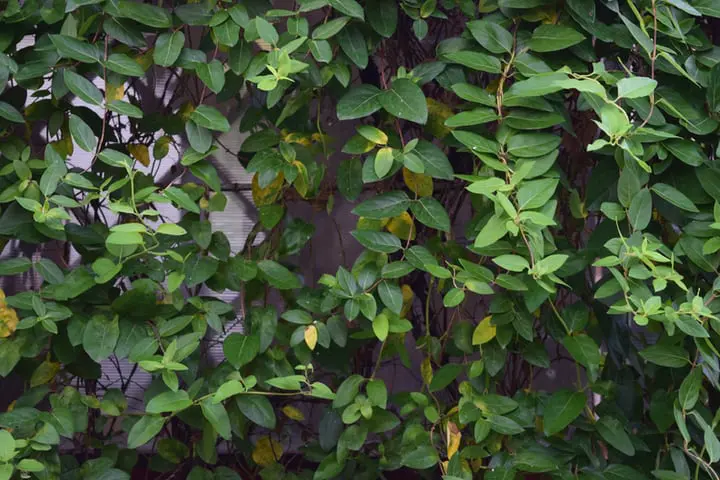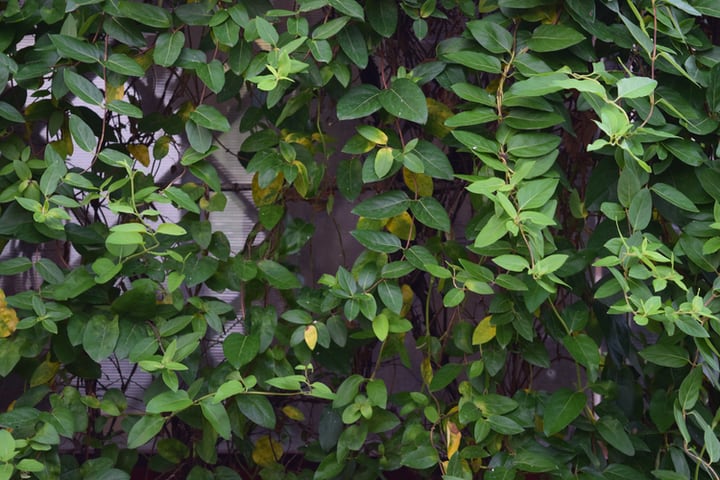
If you’ve ever found yourself staring at a dull, empty wall, imagine replacing that view with a lush, green, thriving plant wall! It’s a simple way to bring the beauty of nature into your home or garden while maximizing your space. Whether you’re new to gardening or an experienced pro, a plant wall is a fun and easy way to add some greenery and life to your environment.
What Is a Plant Wall?
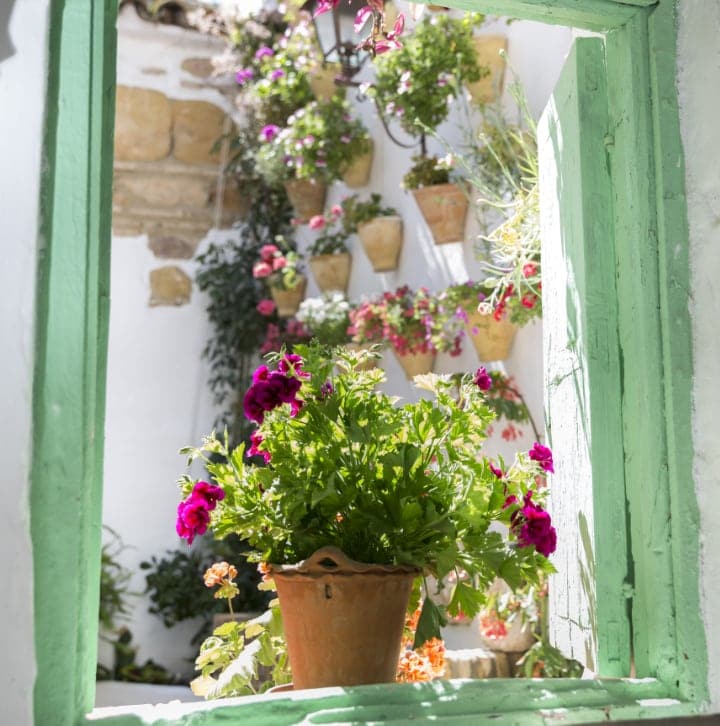
A plant wall, also known as a living wall or green wall, is simply a vertical arrangement of plants that grow on a structure. These structures can be freestanding or attached to a wall, creating a stunning, space-saving way to bring greenery into your home or outdoor space. You can grow a variety of plants on your plant wall, from flowers and herbs to leafy greens and even vegetables—the possibilities are endless!
Indoor vs. Outdoor Plant Walls
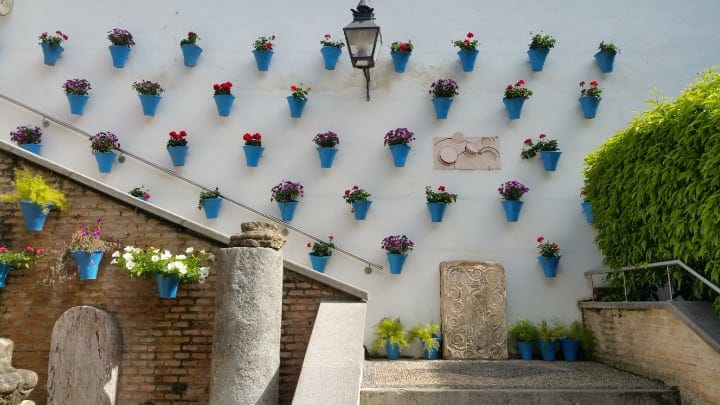
Indoor Plant Walls: Indoor green walls are a great way to create a decorative feature in your home or office. They can also purify the air and help reduce stress and anxiety. Whether you have a plain wall that could use some love or a small space where you need to maximize the use of your garden, an indoor plant wall can be a beautiful and practical solution.
Outdoor Plant Walls: Outdoor plant walls can help bring life to concrete spaces, such as building facades, fences, or garden walls. They’re not just decorative; these walls also act as natural insulators, helping to regulate temperature and reduce energy costs. You can also use them to create privacy in your garden or backyard.
Why Build a Plant Wall?

Creating a plant wall is a fantastic way to bring nature into your home or office while enhancing the aesthetic appeal and overall well-being of the space. Here are some additional advanced ideas and tips for designing and maintaining your plant wall:
Advanced Plant Wall Design Ideas
1. Living Green Wall (Hydroponic)
- For a more sophisticated approach, create a living green wall using a hydroponic system. These systems allow plants to grow without soil, relying on a nutrient-rich water solution. Hydroponic walls are ideal for places where soil-based plant growth isn’t feasible or desired, such as in offices or urban settings.
- Benefits: Minimal maintenance, efficient water use, and the ability to grow a wide variety of plants without taking up floor space.
2. Plant Wall with Mood Lighting

- Incorporate mood lighting into your plant wall design for added ambiance. LED strip lights or spotlights can highlight the beauty of your plants, especially in the evening. Warm lighting will enhance the calming effect of the greenery, making it perfect for creating a tranquil atmosphere.
- Tip: Use adjustable lighting to set different moods based on time of day or your needs.
3. Vertical Garden with Cascading Vines
- Incorporate cascading vines like English Ivy, String of Pearls, or Golden Pothos in your plant wall design for a dramatic, flowing effect. These plants will naturally drape down and create a stunning visual impact, softening the edges of your wall.
- Bonus: Vines are perfect for covering bare or unsightly wall spaces, transforming them into lush, green works of art.
4. Recycled Materials Plant Wall
- Use reclaimed materials like old wooden pallets, recycled bottles, or even repurposed furniture parts to create your plant wall. This eco-friendly design adds a rustic charm while also promoting sustainability. You can create sections within the wall where different types of plants can thrive.
- Tip: Use upcycled containers or pots for a more personalized and eco-conscious design.
5. Living Art (Moss Wall Art)
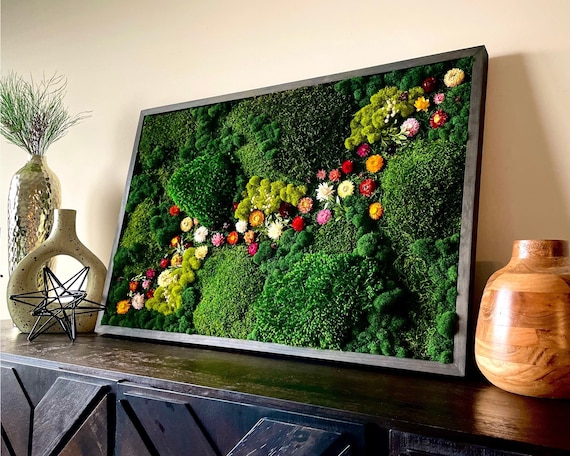
- For a unique twist, create a moss wall where preserved moss forms part of the design. This can be used as artwork that is both visually striking and easy to maintain. You can form patterns, logos, or even entire landscapes using preserved moss.
- Benefits: Low maintenance, no watering required, and a distinct texture and color palette for added visual interest.
6. Edible Plant Wall (Herbs and Veggies)
- For a functional and sustainable approach, transform your plant wall into an edible garden by using herbs, vegetables, and small fruits. Plants like Basil, Mint, Tomatoes, or Lettuce can thrive in vertical systems, and you can enjoy fresh, home-grown produce while enhancing your space.
- Tip: Make sure to use a good irrigation system to keep the plants hydrated without overwatering them.
7. Indoor Jungle Theme
- Embrace a lush, tropical look with a variety of plants such as Ferns, Philodendrons, and Monstera. Pair them with large planters or wall-mounted systems to create a rich, dense, and inviting green wall that replicates a jungle environment indoors.
- Bonus Tip: Choose plants with different textures and shades of green to create a layered and full look.
8. Green Wall with Art Integration

- Combine plants with framed art pieces to create an integrated living space. You can install planters around or within the frames, allowing your plants to blend seamlessly with artistic elements. This creates a dynamic feature that brings both nature and creativity together.
- Tip: Use frames with open spaces to allow vines and plants to grow through and around the artwork.
9. Zen Garden Plant Wall
- For a calming and meditative atmosphere, create a Zen-inspired plant wall with minimalist design and plants that evoke peace. Use plants like Bamboo, Ferns, or Moss, combined with smooth stones or sand, to create a peaceful sanctuary in your home or office.
- Bonus: You can even add small elements like a mini fountain for sound, making it a perfect stress-relieving corner.
Practical Tips for Plant Wall Maintenance
1. Proper Irrigation System
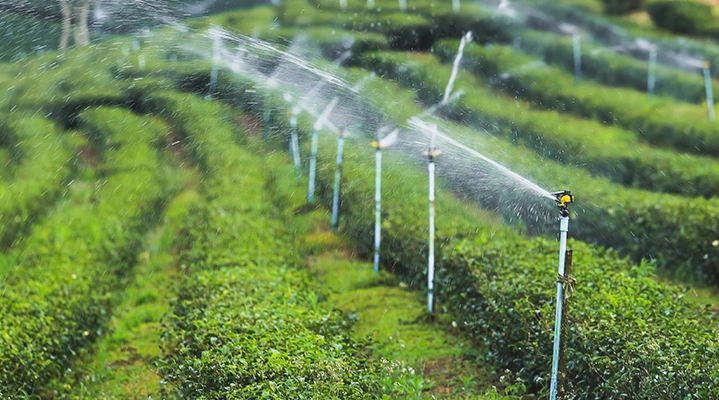
- For a healthy plant wall, especially in hydroponic or vertical setups, ensure that you have an effective irrigation system. Drip irrigation systems are perfect for plant walls as they provide consistent moisture without over-saturating the plants.
- Tip: Use self-watering planters or wall-mounted systems with built-in reservoirs to minimize maintenance.
2. Choose the Right Plants
- Select plants based on the light and humidity conditions of your space. For low-light conditions, choose plants like Snake Plant, ZZ Plant, or Pothos. For spaces with more sunlight, consider Succulents, Spider Plants, or Herbs.
- Tip: Mix plants with different growth habits—some that grow upright and others that spread or cascade—to create visual depth.
3. Ensure Adequate Support
- Make sure that your plant wall has proper support, especially for climbing plants like English Ivy or Wisteria. Use trellises or netting to guide the plants’ growth and prevent them from becoming too heavy for the structure.
- Bonus Tip: Install adjustable plant hangers or wall mounts that can grow with your plants as they mature.
4. Regular Cleaning
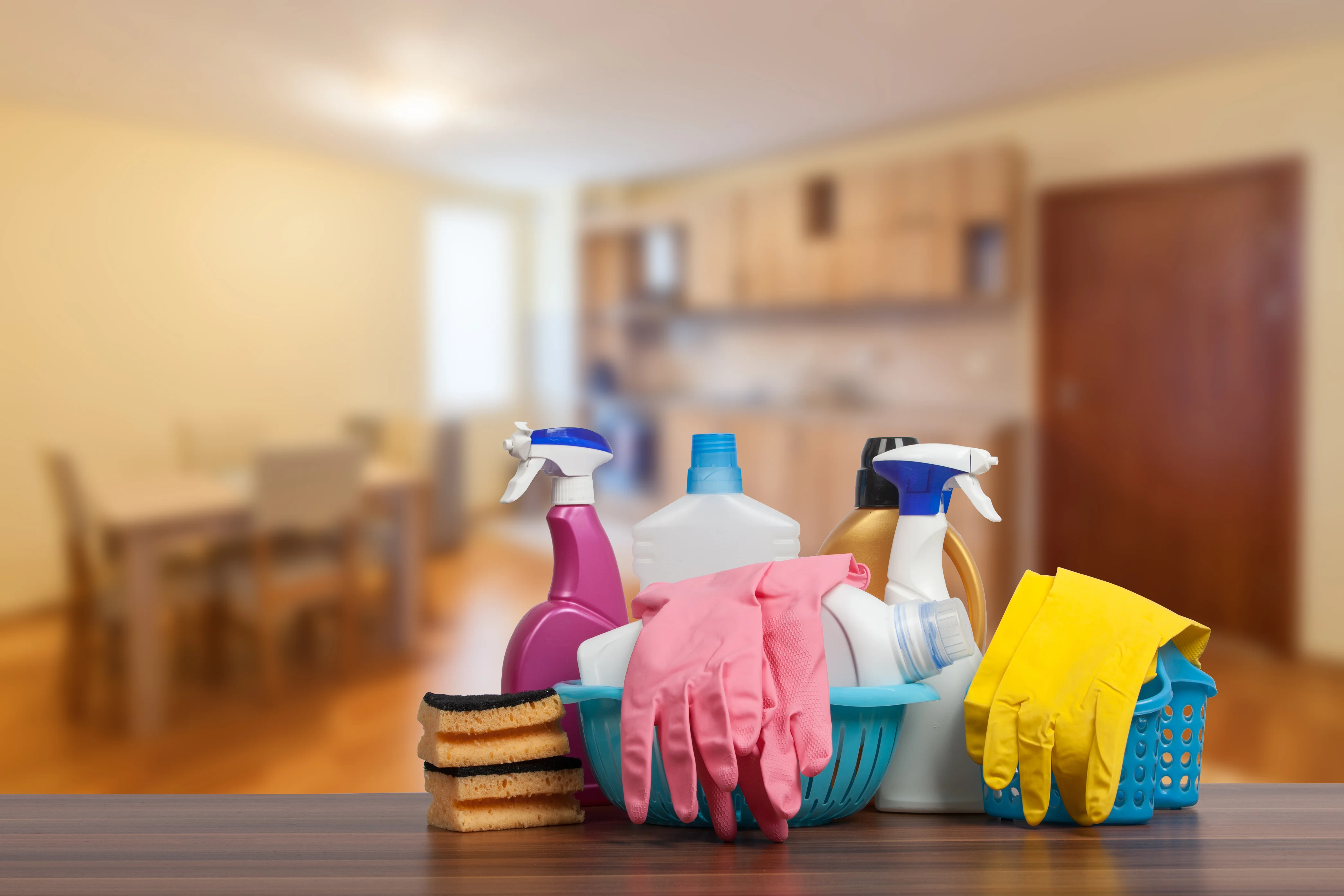
- Clean the plant wall regularly to remove dust, dead leaves, or any debris that may accumulate. This not only keeps your wall looking fresh but also helps maintain plant health by preventing pests and disease.
- Tip: Gently wipe down the leaves of the plants with a damp cloth to keep them dust-free and ensure optimal photosynthesis.
5. Fertilization and Pruning
- Fertilize your plant wall every few months, depending on the plant types and growth rate. Use organic fertilizers or liquid feed for a more eco-friendly approach. Prune the plants regularly to keep them tidy, encourage new growth, and maintain the overall shape of the plant wall.
- Tip: Trim any overgrown vines or branches to keep the plants in check and avoid overcrowding.
Benefits Beyond the Aesthetic

- Improved Mental Health: Green walls are known to have positive effects on mental health, lowering stress levels and improving mood, which is why they are becoming increasingly popular in both residential and corporate environments.
- Sustainability: By creating a plant wall, you’re engaging in eco-friendly practices. Green walls reduce carbon footprints by absorbing CO2 and producing oxygen, contributing to a healthier, more sustainable environment.
- Space Efficiency: Green walls are ideal for spaces with limited floor area. Whether in small apartments or urban offices, vertical gardens maximize your space without compromising on the presence of nature.
Whether you’re looking to create a standout feature in your living room or transform your workspace, a plant wall is a versatile and impactful design choice that can elevate your environment both visually and functionally. Happy gardening!
Plant Wall FAQs
1. What is a plant wall and how do I create one?
A plant wall, also known as a vertical garden, is a creative way to incorporate greenery into your space by growing plants in a vertical arrangement. To create one:
- Choose your location: Pick a wall in your living room, office, or any area you want to enhance with plants.
- Select plants: Choose plants based on the lighting conditions and your aesthetic preferences. Low-maintenance plants like ferns, succulents, or pothos work well for indoor spaces.
- Use appropriate containers: Vertical planters, wall-mounted shelves, or hydroponic systems are all great options. You can also use a trellis, hanging baskets, or a vertical garden system.
- Install irrigation: If you’re using soil-based systems, install a drip irrigation system to ensure plants get the water they need without over-watering.
2. What are the best plants for a plant wall?
The best plants for a plant wall depend on the amount of sunlight the space receives and how much maintenance you’re willing to do. Some great options include:
- Low light: Spider plants, ferns, English ivy, peace lilies, and philodendrons.
- Bright light: Succulents, aloe vera, herbs, and pothos.
- Colorful options: Coleus, begonias, and bougainvillea add vibrant color to your wall.
3. How do I care for plants on a wall?
Plants on a wall need specific care:
- Light: Ensure your plants are getting the right amount of light. Some may need to be placed near windows or under grow lights.
- Watering: Plants in vertical gardens may need more frequent watering, so check the soil moisture regularly. Install an automatic irrigation system for ease.
- Pruning: Regularly prune to maintain the shape and health of the plants, and remove any dead or yellowing leaves.
- Fertilizing: Feed your plants every few weeks with a balanced fertilizer to encourage healthy growth.
4. How can I make sure the plant wall stays healthy?
To maintain a healthy plant wall:
- Ensure proper drainage: Use planters with drainage holes or a wall-mounted system that allows water to flow freely.
- Air circulation: Make sure there’s enough air circulation behind the wall to prevent mold and mildew.
- Check for pests: Regularly inspect your plants for pests like aphids, mealybugs, or spider mites, and treat them with appropriate methods.
- Rotate plants: If your wall is in a sunny spot, rotate plants periodically to ensure they all receive equal exposure to light.
5. How do I choose the right wall for a plant wall?
Choose a wall based on:
- Lighting: Make sure the wall gets the appropriate amount of sunlight or has the possibility for supplemental lighting.
- Space: Consider the size of the wall and how many plants you want to display. Smaller walls might require compact planters, while larger walls can accommodate larger plant systems.
- Accessibility: Ensure the wall is easily accessible for watering and maintenance, especially if the plants require regular care.
6. Can I use a plant wall in my office?
Yes! A plant wall can be a great addition to any workspace:
- Air quality: Plants help purify the air, which can improve your office’s environment.
- Aesthetics: A plant wall can make your office feel more vibrant and inviting.
- Productivity: Studies suggest that having plants in your workspace can reduce stress and increase productivity, making a plant wall a smart addition.
7. How do I keep my plant wall looking neat?
To keep your plant wall looking tidy:
- Choose plants with similar growth habits: Mixing plants with different growth patterns can lead to a chaotic look. Stick to plants with similar growth speeds or shapes to keep things cohesive.
- Trim and prune regularly: This will prevent plants from becoming overgrown and messy.
- Clean the wall and plants: Dust and dirt can accumulate on leaves and containers. Clean your plant wall regularly to keep it looking fresh.
8. How much maintenance does a plant wall require?
The maintenance of a plant wall can vary depending on the plants you choose and the setup:
- Watering: If you have a self-watering system, it will reduce the maintenance, but otherwise, you’ll need to water regularly.
- Light: Ensure your plants are getting the right amount of light, and consider investing in grow lights if your space doesn’t get enough natural sunlight.
- Pruning and cleaning: Regular pruning and cleaning will keep the wall looking neat and ensure your plants remain healthy.
9. How do I make a plant wall in a small space?
For smaller spaces, consider these tips:
- Use compact plants: Choose plants that don’t take up too much space, like succulents or small ferns.
- Vertical shelving or grids: Use a wall grid, vertical shelving, or hanging planters to create a multi-tiered effect without occupying much space.
- Modular design: Modular systems allow you to add more plants as space allows, so you can customize the plant wall to fit your needs.
10. Can a plant wall be eco-friendly?
Yes! A plant wall can be a sustainable and eco-friendly design:
- Use local plants: Select native plants that are adapted to your local climate, requiring less water and maintenance.
- Sustainable materials: Choose eco-friendly materials for planters, such as recycled plastics, biodegradable pots, or wooden panels made from reclaimed wood.
- Water conservation: Install a drip irrigation system to efficiently use water and reduce waste.
Conclusion
A plant wall is a fantastic way to incorporate nature into your home or office, offering a unique blend of beauty, functionality, and environmental benefits. Whether you’re looking to add a dramatic feature to your living room or create a soothing atmosphere in your workspace, plant walls are adaptable and can be tailored to any space. With the right selection of plants, materials, and care, a plant wall can thrive and enhance your indoor environment. Start your plant wall today and enjoy the lush, green beauty it brings! Happy gardening!

